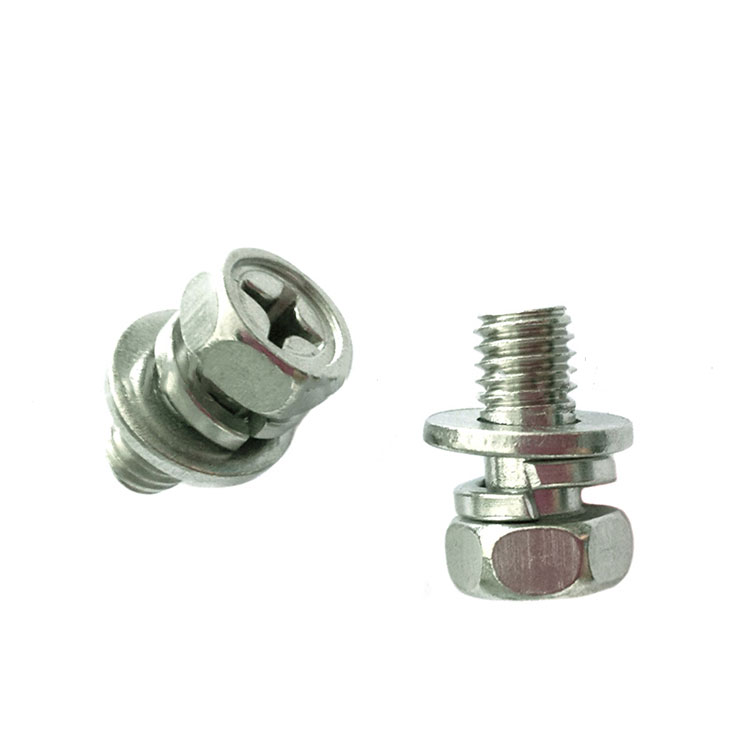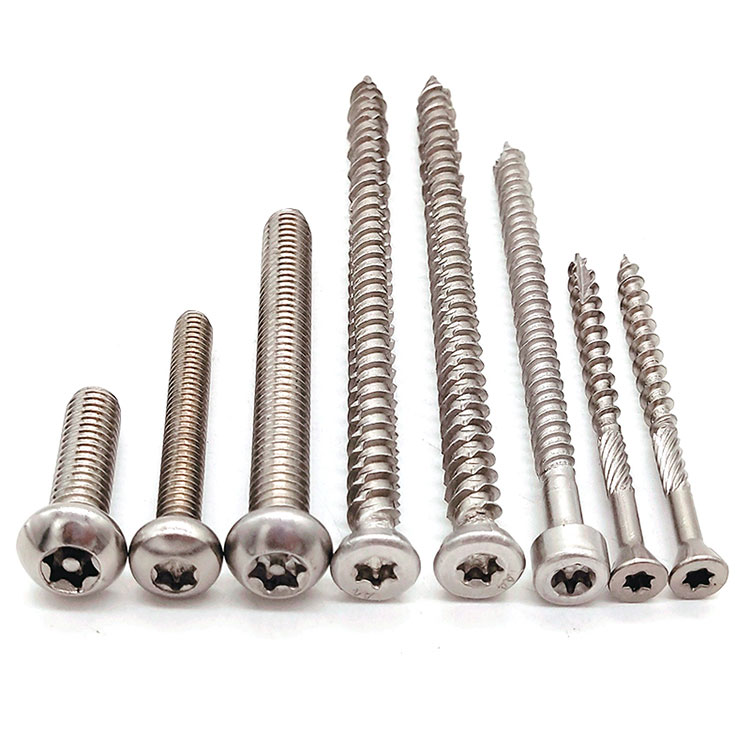Why are screws divided into cross and slotted shapes?
2024-04-09
Screws come in various patterns, but two of the most common are the slotted and cross shapes. Strictly speaking, there are three types of common patterns in daily life, with the simplest being the slotted shape.
The advantage of the slotted screw is its simplicity. The slot is not easily damaged, and even if it is damaged, the screw can still be used if the damage is not severe. However, there is only one leverage arm for applying force, making it inconvenient to apply force, and the smallest rotational unit is 180°, which requires certain specifications for the screwdriver size.

Another common type is the cross-shaped pattern. There are many advantages to using cross-shaped screws. For one, they have two leverage arms, making it easier to apply force. Additionally, the minimum rotational unit angle is 90°, allowing for smoother and more efficient screwing. A particularly prominent advantage is that the slot has low requirements for the size of the screwdriver. The screwdriver has a pointed end, so it can be screwed in accurately even with a large blade and a small slot.
However, there are also disadvantages. Compared to the slotted pattern, the cross-shaped pattern is more prone to damage. If the slot is damaged even slightly, it cannot be screwed.

There are many other patterns, which can be called irregular patterns. Some of these patterns are designed for specific purposes, such as preventing unauthorized screwing. However, the most important purpose for most of them is to ensure proper screwing in various applications.



